Meanwhile, Bessie sings the blues with no specific alterations reflecting the evolution going on in the band. She sticks primarily to the notes in the blues scale and brings her variations and special interpretation in her rhythmic delivery and vocal affectations. Meanwhile, the band is keeping themselves entertained by doing different variations on each consecutive verse and enjoying riffs and counter-melodies that reflect those variations. A great combination, making for a great recording.”
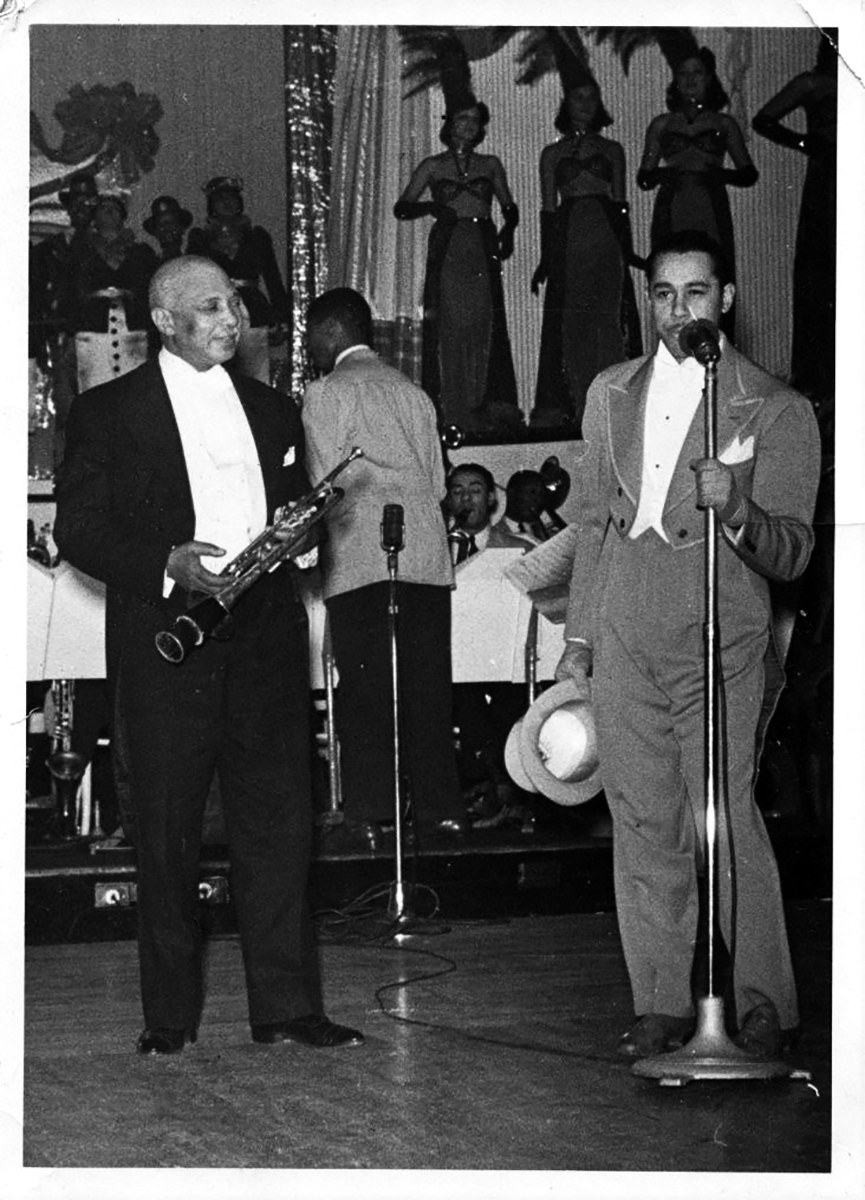
Handy and Cab Calloway photographed by Harold Rossner. Courtesy W.C. Handy Home and Museum and Mister Handy’s Blues.
Aunt Hagar’s Blues
Originally entitled Aunt Hagar’s Children’s Blues, biblical and spiritual references are not uncommon in Handy’s music. An Egyptian from the Old Testament, Hagar was a female servant to Sarah, wife of Abraham. Because Sarah was barren she gave Hagar to Abraham as concubine, so he could sire a child.
Handy based it on a mournful musical motif he heard crooned by an anonymous washerwoman hanging clothes out to dry one cold night. He originally conceived it as a much sadder slower dirge asserting that, “negroes often spoke of themselves as Aunt Hagar’s children.”
Just hear Aunt Hagar’s children harmonizin’ to that old mournful tune,
It’s like a choir from on high broke loose,
If the debbil brought it the good Lawd sent it right down to me,
Let the congregation join while I sing those lovin’ Aunt Hagar’s Blues.
Aunt Hagar’s Children’s Blues
Joe Turner’s Blues
In “Joe Turner’s Blues” Handy was exposing the shameful practice of entrapping and kidnapping black men for work gangs. The brother of a one-time Tennessee governor, Joe Turney (later, Turner) was infamous for falsely arresting African American men, often by luring them to crap games.
Turney would chain together up to eighty prisoners for delivery to penitentiaries or work farms or in the South. A wife asking about her missing husband might be told, “Haven’t you heard about Joe Turner? He’s been here and gone.” Such imprisonment is backstory for the main character in August Wilson’s 1988 play, Joe Turner’s Come and Gone.
Handy sings Joe Turner’s Blues on Youtube https://www.youtube.com/watch?v=ZIXrP9s3WcU
The Saint Louis Blues
“St. Louis Blues” was by far Handy’s biggest hit. Published in 1914, it made the top-20 song charts twenty-one times before 1948, earning him a handsome lifelong income and world-wide fame. And for instance, Brian Rust’s Jazz Discography: 1897-1942 lists almost twice as many recordings for “St. Louis Blues” than for any other song, making it the most recorded tune of early Jazz.
Originally published under the titles “Memphis Itch” and “Jogo Blues,” it utilizes a 3-note musical phrase that had been sung by parishioners in Handy’s hometown of Florence, Alabama. Starting with a basic 12-bar blues, it diverges into four separate strains, one in Tango rhythm.
Several notable movies were named for the song. A short film featured Bessie Smith in 1929 containing the only moving images of her. A 1939 musical starred Dorothy Lamour. And in 1958, the year Handy died, singer Nat “King” Cole starred in a major motion picture playing the role of Mr. Handy and released an album of his songs.
Like so much of Handy’s music, “Saint Louis Blues”was inspired by real life. He’d heard one of the melodic strains and the phrase, “that man got a heart like a rock cast in the sea” on the streets of Saint Louis two decades earlier. Yet the composer made it clear that the words were his own and based on personal experience. “If you’ve ever slept on cobblestones or had nowhere to sleep you can understand why I began this song with, ‘I hate to see the evening sun go down’.”
St Louis Blues Pt. 1
St. Louis Blues Pt. 2
Folklorist of the Blues
A pioneering folklorist, Handy made one of the earliest attempts to document and interpret the folk-Blues. He deserves high praise for being the first to fruitfully publish and disseminate the Blues in written form, authoring some of its most durable classics. Unlike an observer from outside the culture, he was a participant with access and insight, using the raw materials of African American life for his art as did Duke Ellington or writers Zora Neal Hurston and Langston Hughes, for instance.
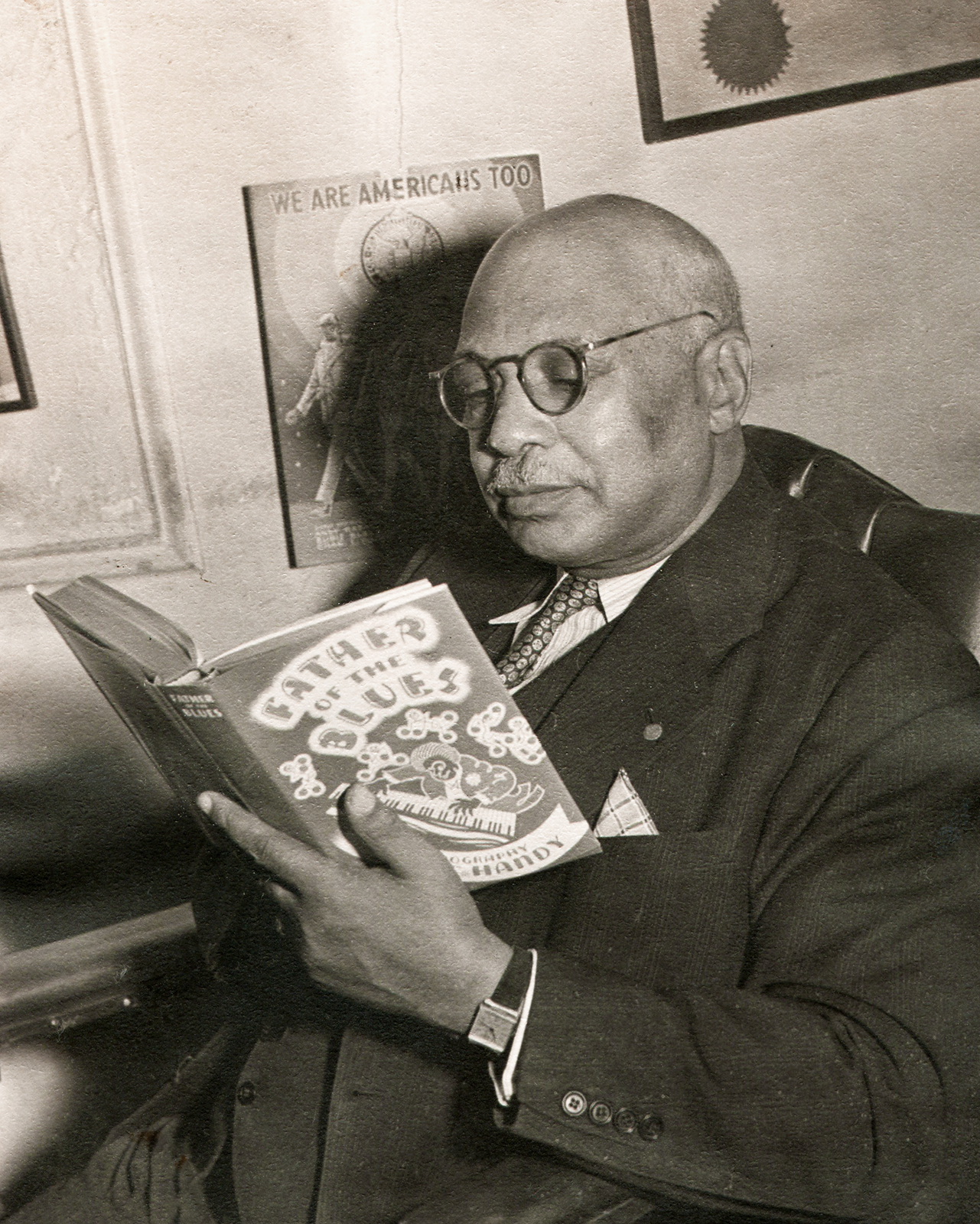
Reading his autobiography in the original dust jacket. Courtesy W.C. Handy Home and Museum and Mister Handy’s Blues.
The composer has occasionally been accused of exploiting the Blues by claiming authorship for songs which were not wholly his own. This spurious criticism was set loose by an envious Jelly Roll Morton in the late 1930s. Yet Handy freely acknowledged that many of his melodies and lyrics were not strictly his own original ideas and that he was recording the music, stories and culture of his people.
But it is somewhat unfortunate that late in life Handy was promoted, and promoted himself, under the moniker “Father of the Blues.” As he himself stressed, the Blues was the offspring of many anonymous mothers and fathers, mostly now forgotten.
His 150 settings of Blues, Folk and Spiritual themes demonstrate a keen talent for crafting enduring themes from passing motifs that otherwise would have been lost. In that respect, he was not unlike the classical composers Mozart, Beethoven, Dvorak, Liszt or Bartok who borrowed freely from the folk cultures around them.
Handy on Culture, Hesitation Blues
Mr. Handy’s Blues
For a more complete and intimate view of this monumental musician, I can recommend Mr. Handy’s Blues, an excellent documentary capturing his story. The modern documentary techniques and high production values offer a rich chronicle of his life, significant role in the transition from Ragtime to early Jazz, and ascension to American greatness.
The production utilizes more than 100 archival images of Handy — the majority previously unknown to this writer. Producer Joanne Fish has been kind enough to provide several of the photos seen here from the W.C. Handy Home and Museum in Florence, Alabama.
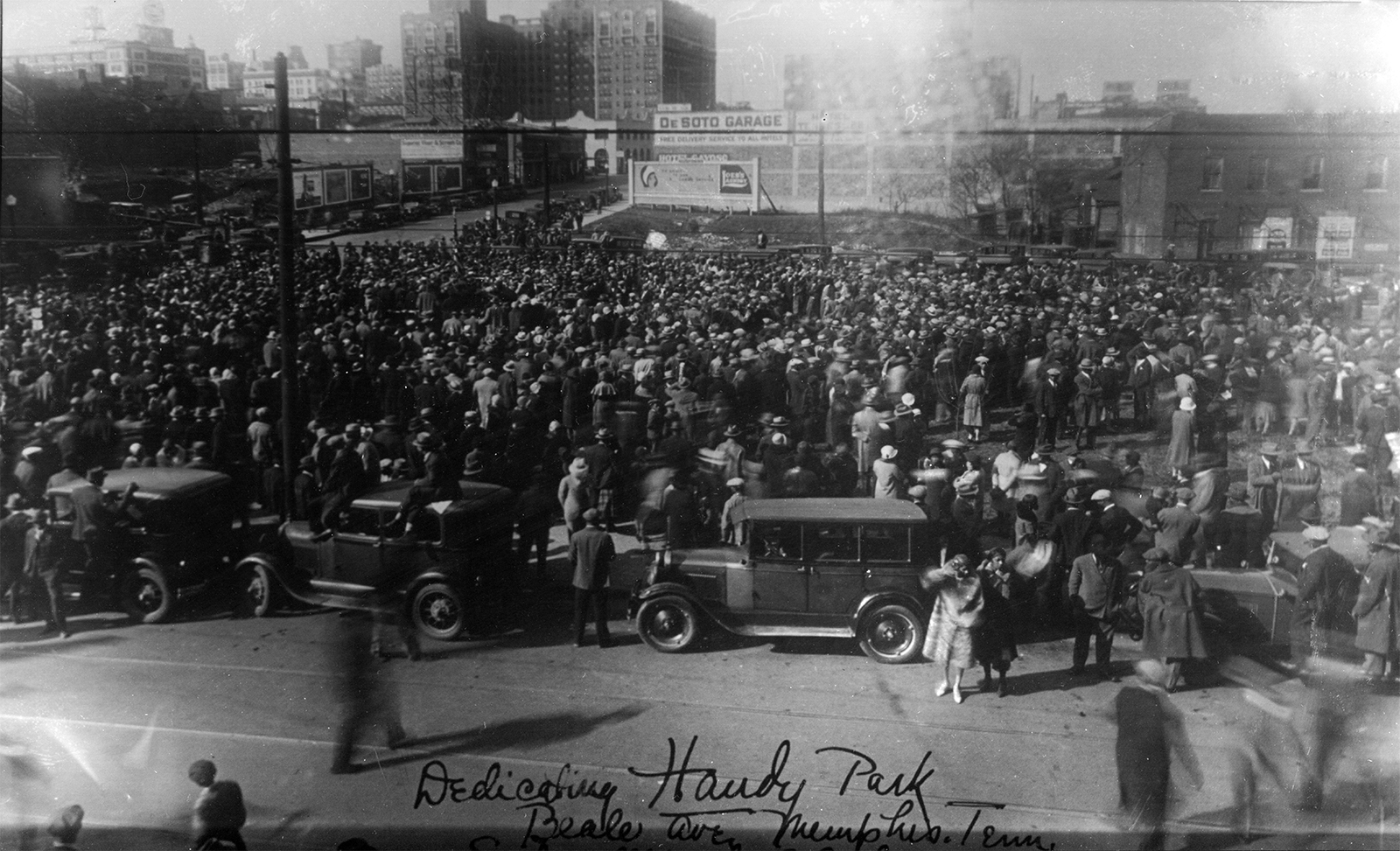
Dedication of Handy Park in Memphis, 1936. Courtesy W.C. Handy Home and Museum and Mister Handy’s Blues.
Conclusion Beale St Ellington
Honored Elder Spokesman
Notable among the innumerable honors, accolades and tributes awarded Handy were a 1928 concert of his music at Carnegie Hall; the City of Memphis dedicated a park (1936) and statue (1960); and posthumous awards from the Grammys, Nashville Songwriter’s Association and multiple halls of fame. A United States postage stamp bearing his likeness was issued in 1969 and today numerous music festivals are held in his name.
When the United States was girding to fight the Second World War, there was a growing emphasis on democratic American Roots culture –Blues, Spirituals and Classic Jazz — which were emerging from the periphery of American life. Handy neatly fit the mood, serving as an eloquent, passionate and vaguely saintly spokesperson for Black people.
The high-profile publication of his autobiography in 1941 brought further prominence as a representative for African Americans in general. Approaching age seventy, W.C. Handy was widely recognized as a grand old man of American music,a leading advocate for the Blues and dedicated civil rights campaigner.
William Christopher Handy http://www.jazzhotbigstep.com/4055.html probably did more than any other single person to popularize and legitimize Blues music during the first half of the Twentieth Century. Today he is cherished as a gifted musician, self-taught folklorist, pioneering African American entrepreneur and visionary composer.
‘To Comfort and Cheer the Heart of Humanity’
“I’m thankful for being a part of the oppressed race . . . [and] through adversity was thrust down amongst the lowly. And took out of their hearts a song that caught the wings of the morning and fell on the world’s weary ear. And then found a place to comfort and cheer the heart of humanity.”
Reprise
As the Blues and Handy’s music were accepted into the mainstream of American life, his compositions were increasingly heard on radio and recordings. Here for example are two world premieres from 1940 –Artie Shaw’s classic first-recording of “Chantez Le Bas” (Sing ‘em Low) and an excerpt from a Handy tribute broadcast on the NBC radio network by the Chamber Music Society of Lower Basin Street.
Chantez Le Bas, Heist de Window, Noah
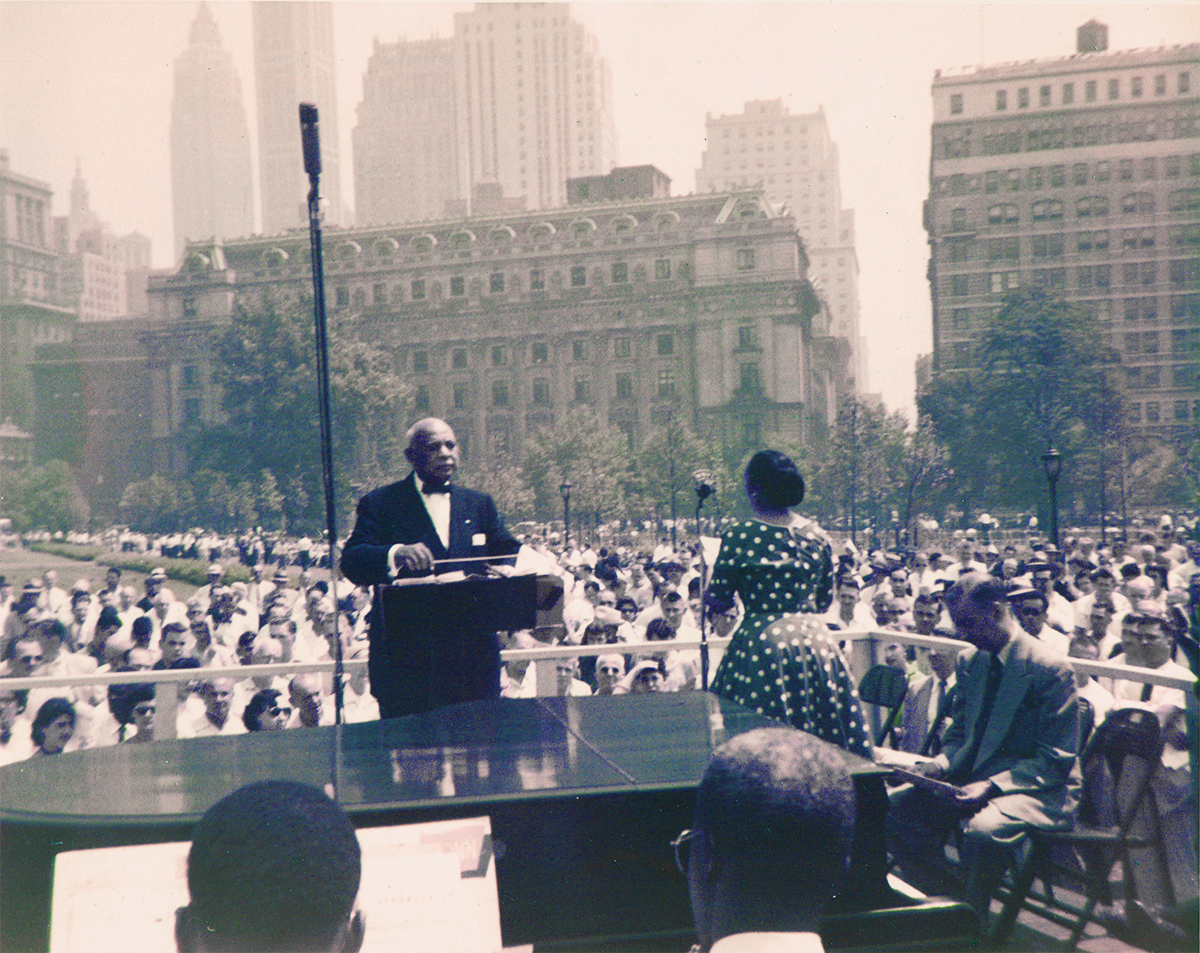
Conducting in New York City, probably around 1950. Courtesy W.C. Handy Home and Museum and Mister Handy’s Blues.
Thanks, Sources and Further reading:
Radio broadcasts courtesy of the Library of Congress, NBC Radio Collections. Thanks to Dan Radlauer for expert commentary and the late Dick Raichelson for selected audio clips. Great thanks to Joanne Fish for photoscans from theW.C. Handy Home and Museum.
Father of the Blues, W.C. Handy (MacMillan, 1941)
JAZZ: A History of America’s Music, Geoffrey C. Ward (Knopf, 2000)
Jazz Records, 1897-1942, Brian Rust (Arlington House, 1978)
The Devil’s Music: A History of the Blues, Giles Oakley (Tapliner, 1976)
- ← Previous page
- (Page 2 of 2)

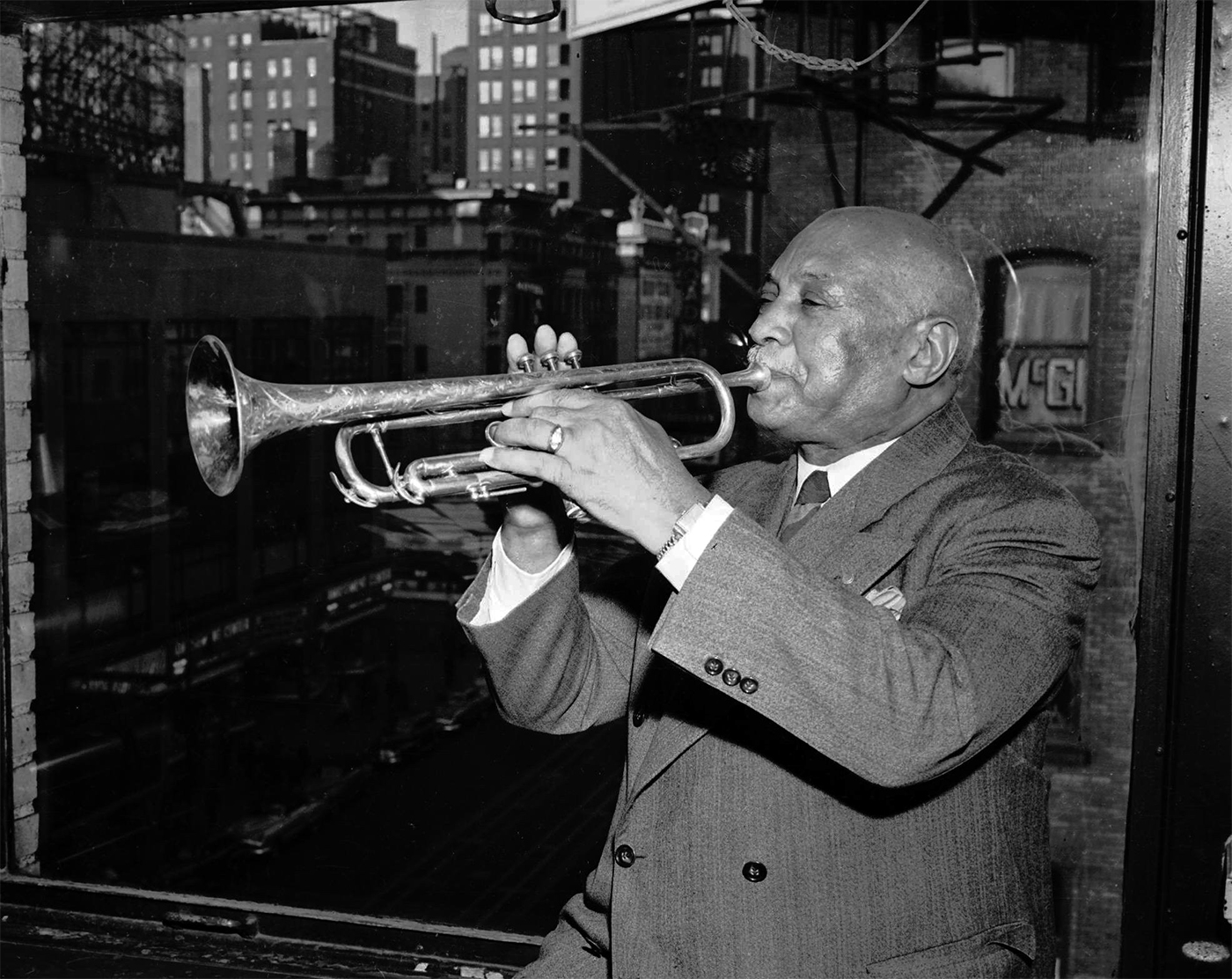
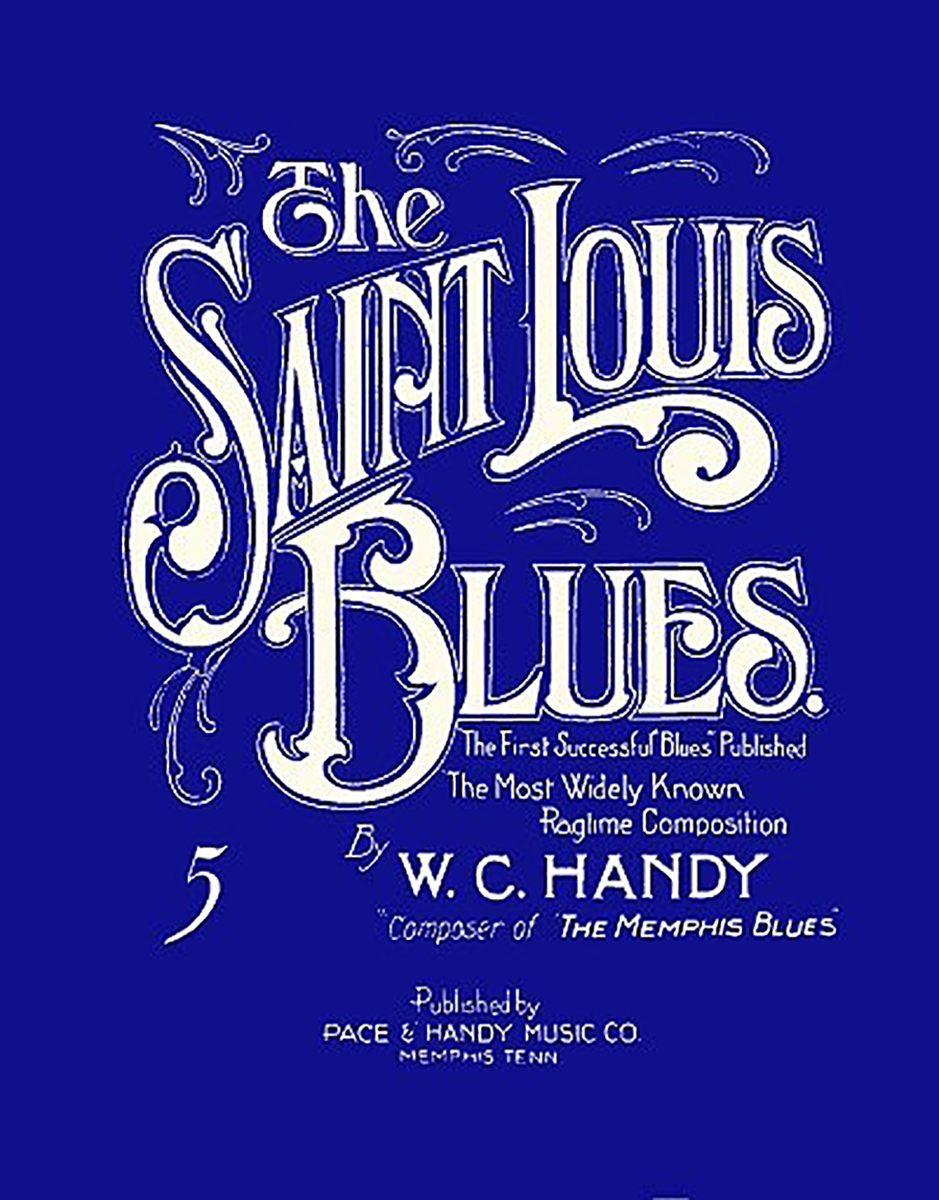
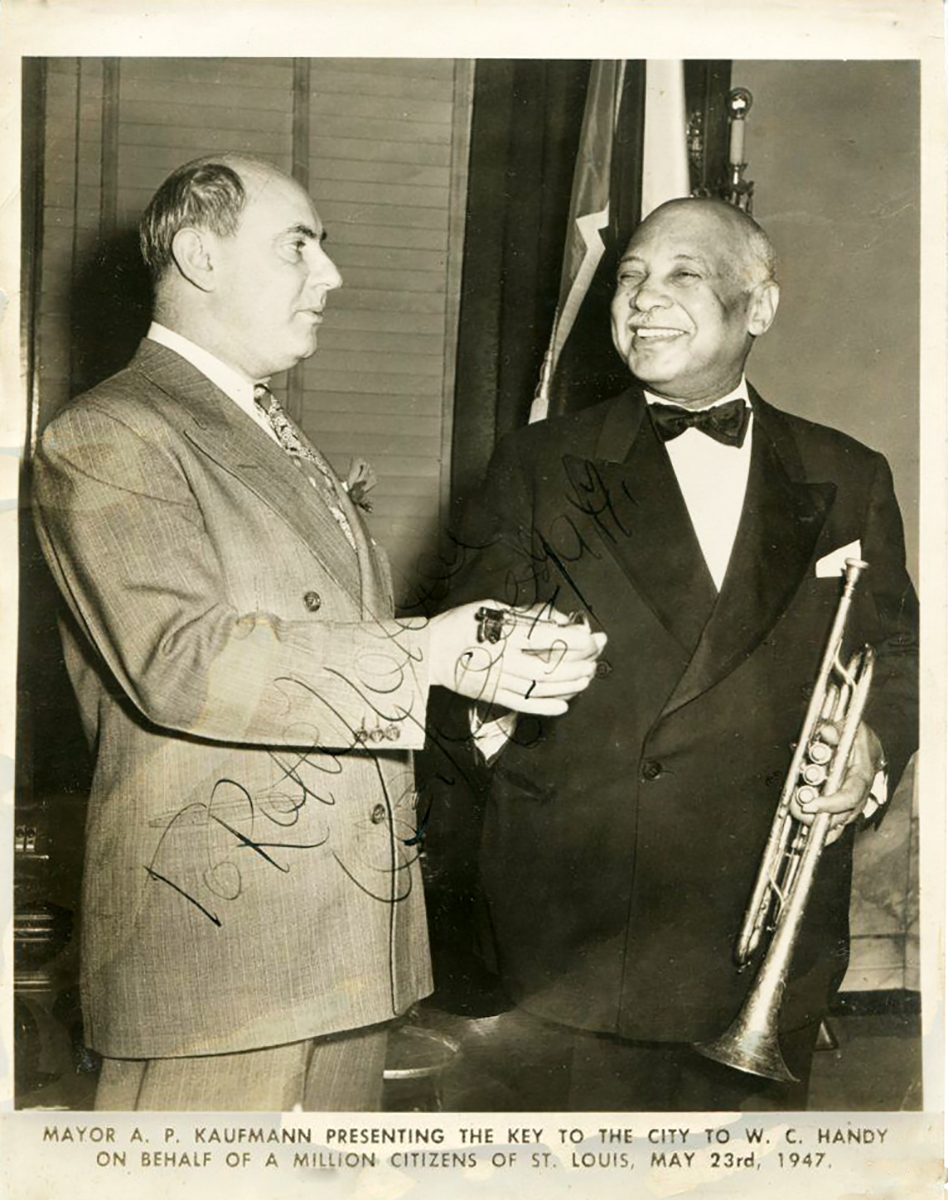
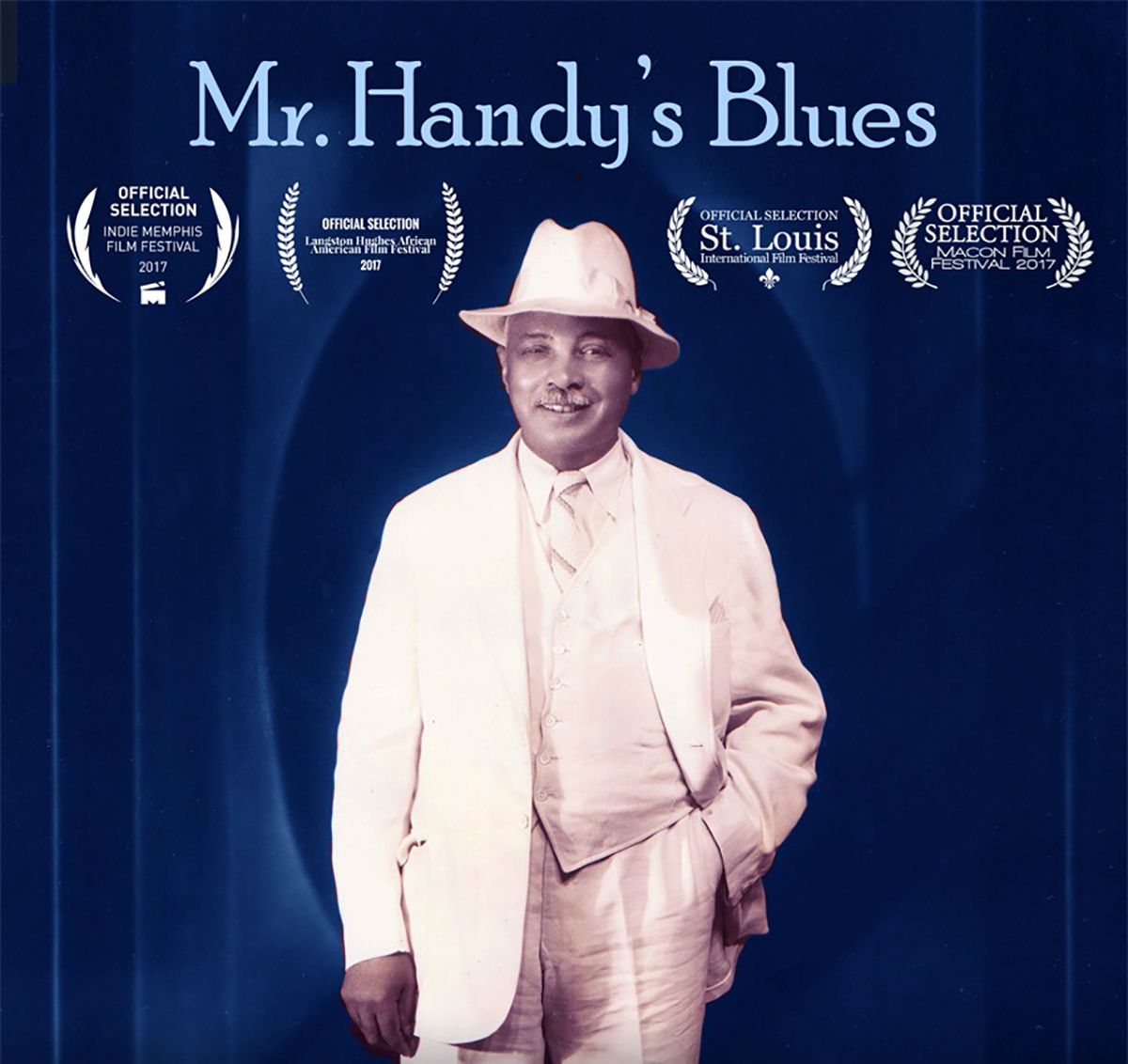
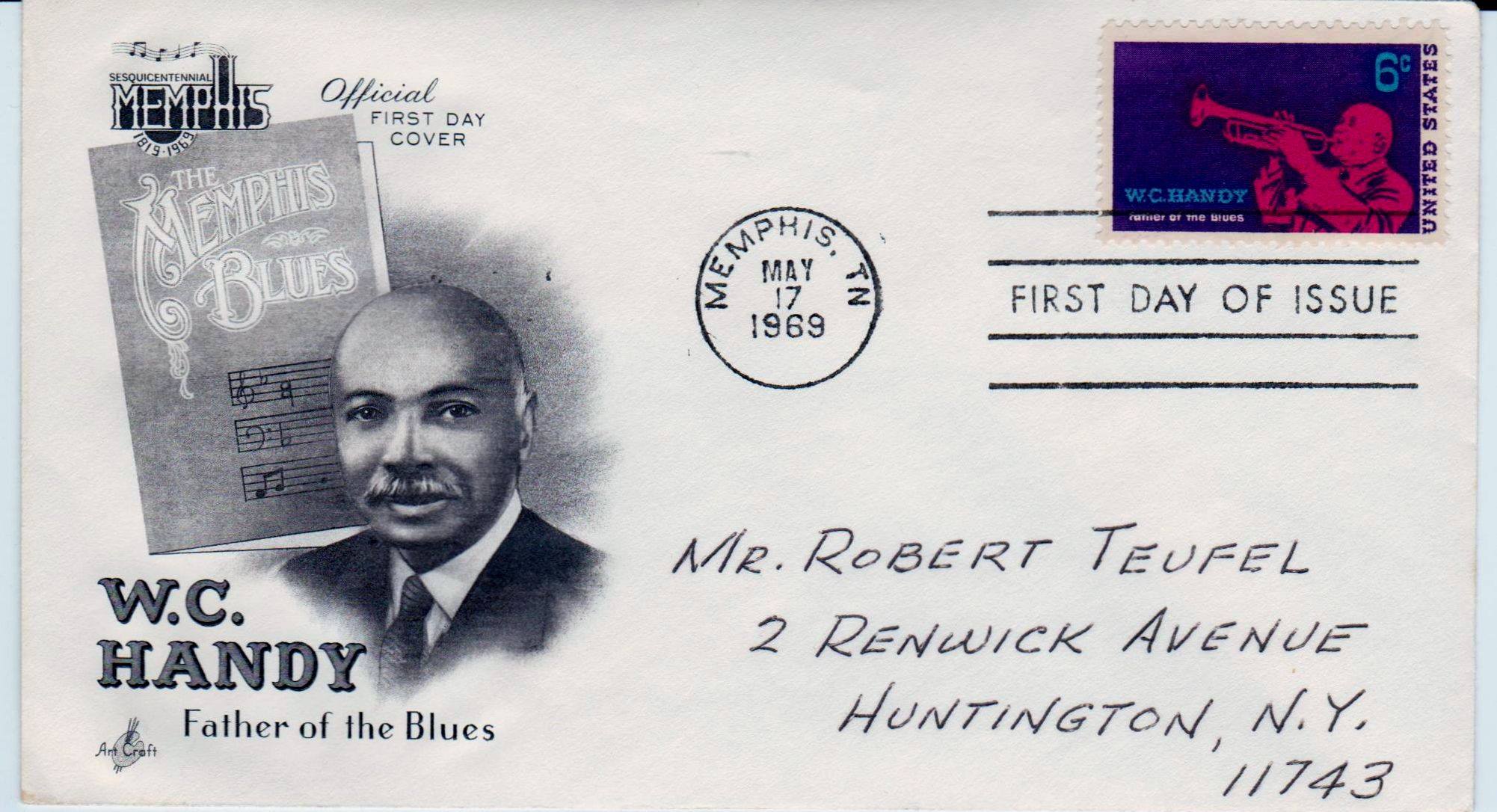
I can’t imagine the number of hours it took to bring this magnificent retrospective to life.
Thank you Ted. To tell the truth I’ve been working on it on and off since 1992. Best, D
Thanks for putting all this together, Mr. Radlauer, it’s really remarkable. Love the recordings!